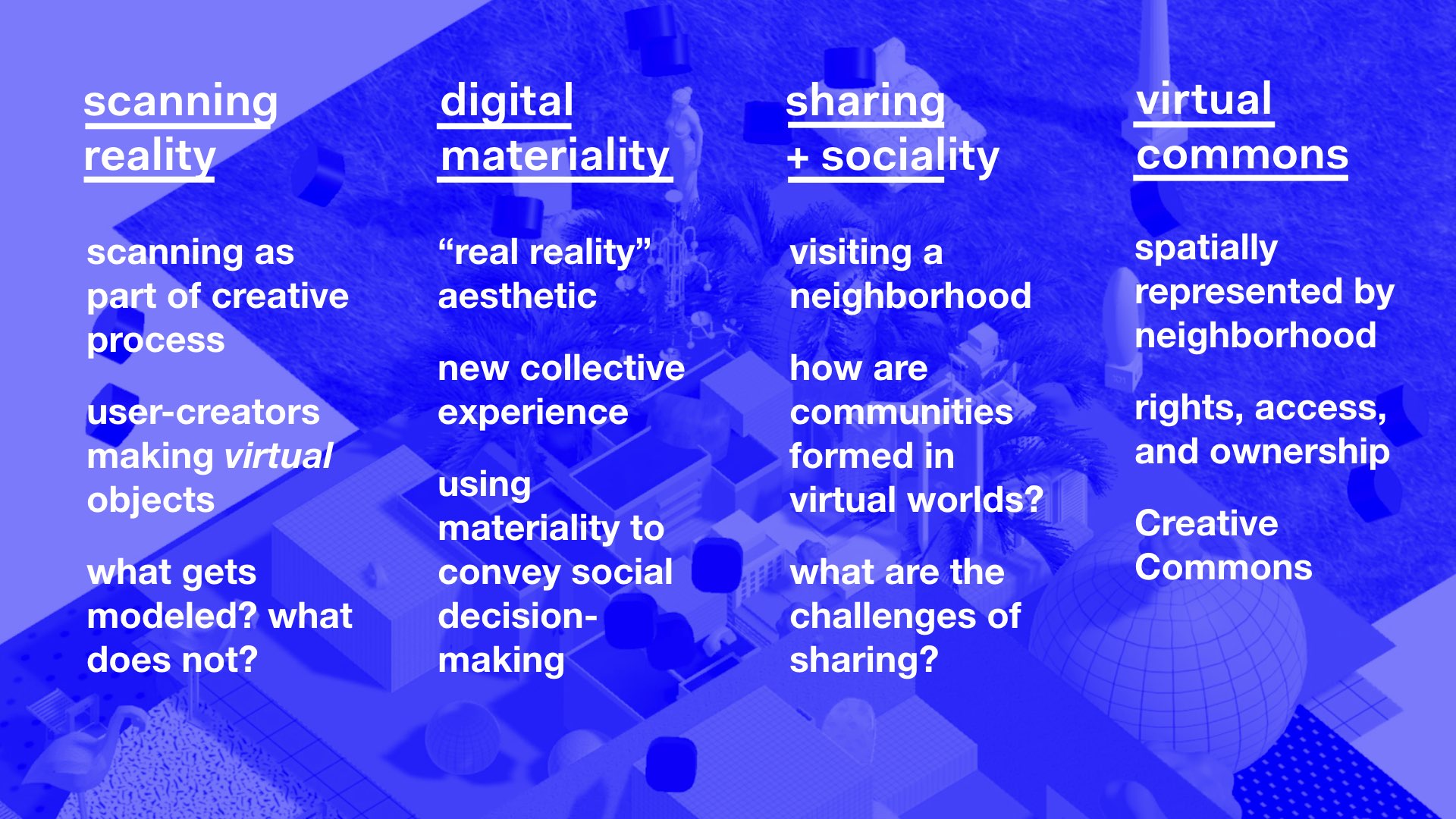Pivot Points is a speculative design research project that proposes using virtual models scanned from “Real Reality” to create a Mixed Reality landscape. Scanned models become Pivot Points connecting Mixed Reality scenes and the individuals occupying them. Thus a new social framework is formed.
Team Project with Nicci Yin at ArtCenter College of Design
Project selected by Media Design Practices + presented at Microsoft Design Expo
Early Research Everyday Immersion
Specification
Design Research, Speculative Design VR/AR/MR Design
Execution
Unity, Simulation, Video, AE, Interactive Prototype
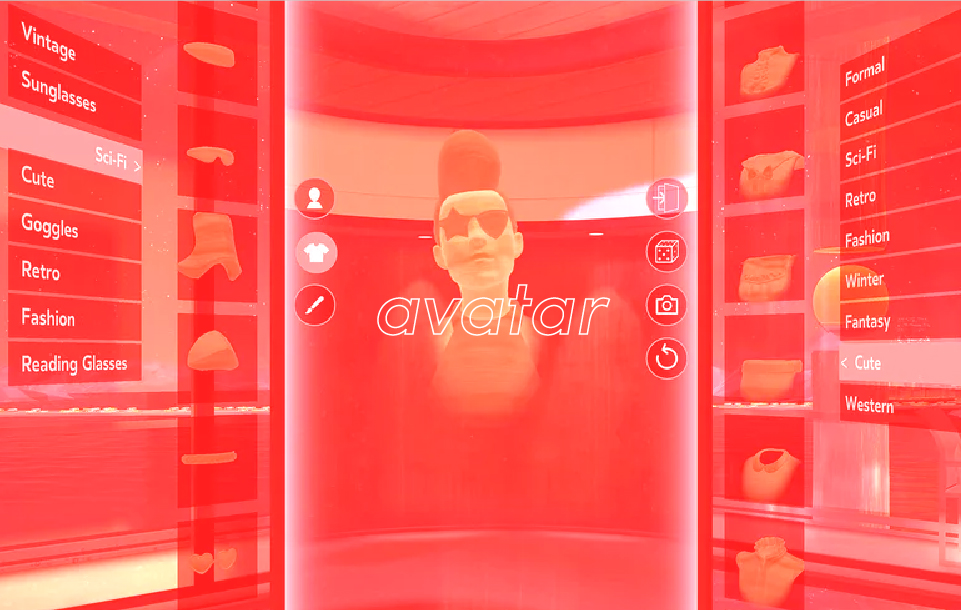

Instead of embodying in avatars, Pivot Points explores how we can use Real Reality (RR) objects to introduce sociality into Mixed Reality (MR). This project centers on a more material, subtle, and poetic form of sociality and also challenges the notion of mixed reality by choosing scanning to bring the REAL into the VIRTUAL.
What we’re calling mixed reality in this project is twofold. There’s the mixing of realities between RR and VR. But instead of VR existing with RR video or optical overlays, we’re scanning RR elements into the virtual to create “mixed reality,” proposing the new mixed realities as the mixing of different virtual realities.





VR is not a homogenous space.
Can we encourage these virtual spaces to interact with each other socially based on the touch of our personal taste/preference?


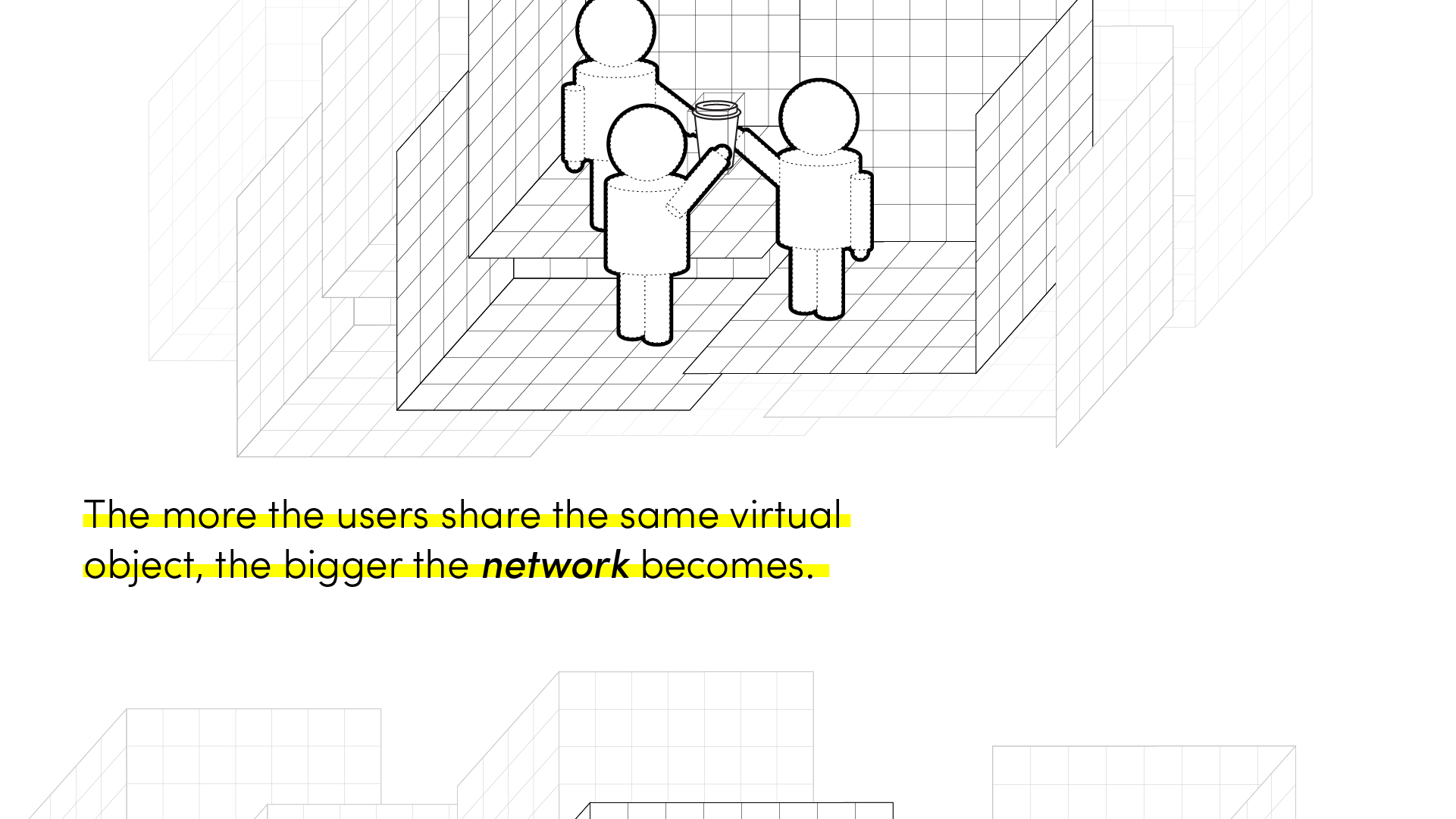
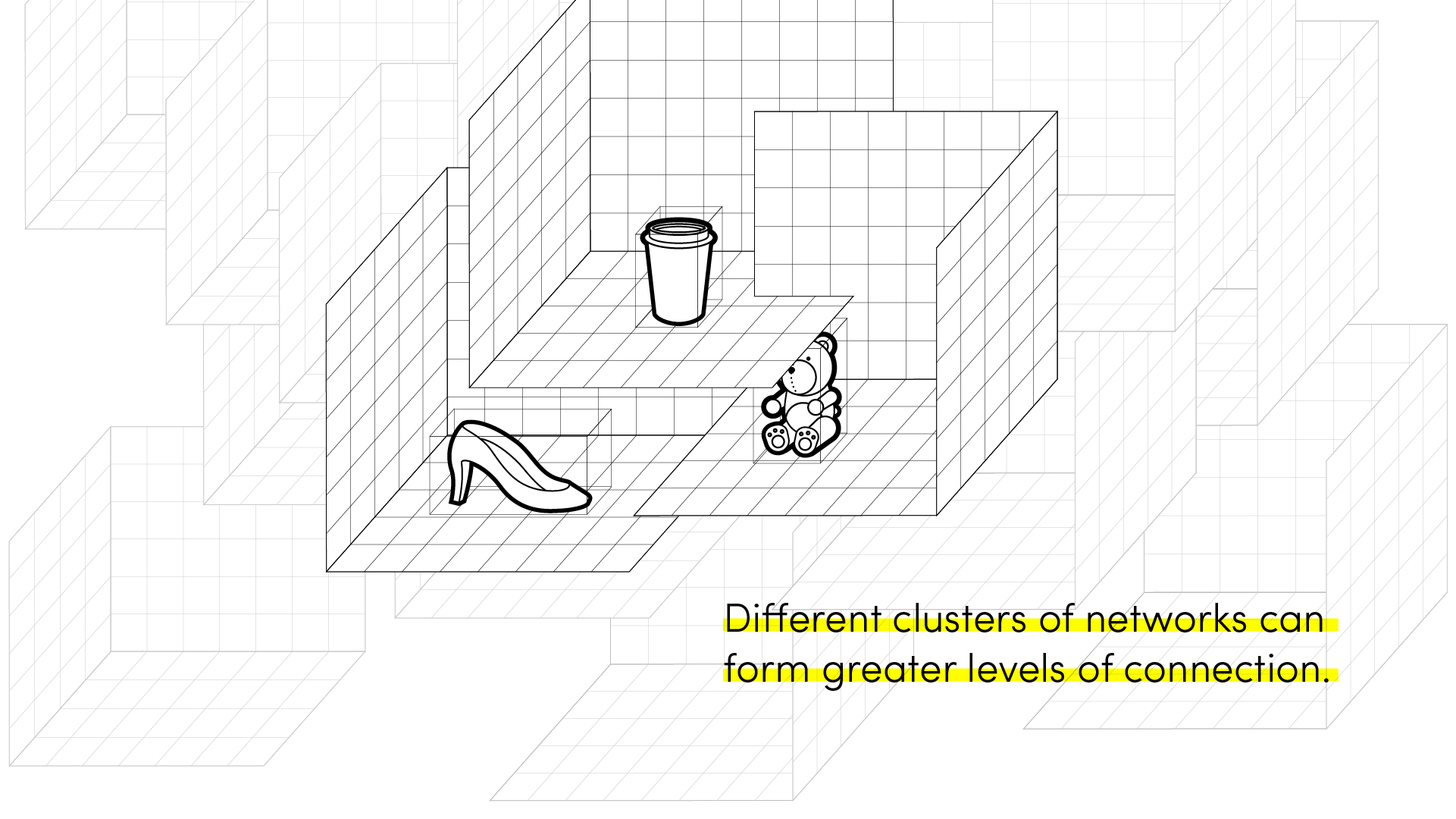
In this demo, we can see Sean, the CREATOR, scanning in his cup via photogrammetry into his virtual space. Since he has the original object, he can move his cup with him in RR and VR.
Christine, a CO-USER who has acquired Sean’s scan, places it into her own VR space, now sharing the pivot point. When their two virtual environments are connected through this pivot point, phantoms of each other’s virtual belongings appear in their views.
This is the kind of mixed reality Pivot Points is proposing. If we imagine more examples of creators and co-users alongside Christine and Sean, we can see that this network of people and pivot points begins to form. A pivot point can be anything: it can range from a coffee cup to a sculpture or a limited edition sneaker. What gets scanned in? What does not? Who has the permission to modify the scans?
This simulation shows what a network of neighborhood may look like. The pivot points here are the green horse and the pink chair. When a user of the green horse moves that pivot point, all the spaces rearrange around it. Moving a pivot point drags the whole neighborhood with you. In a sense, the spatial arrangement of the neighborhood is constantly shifting.
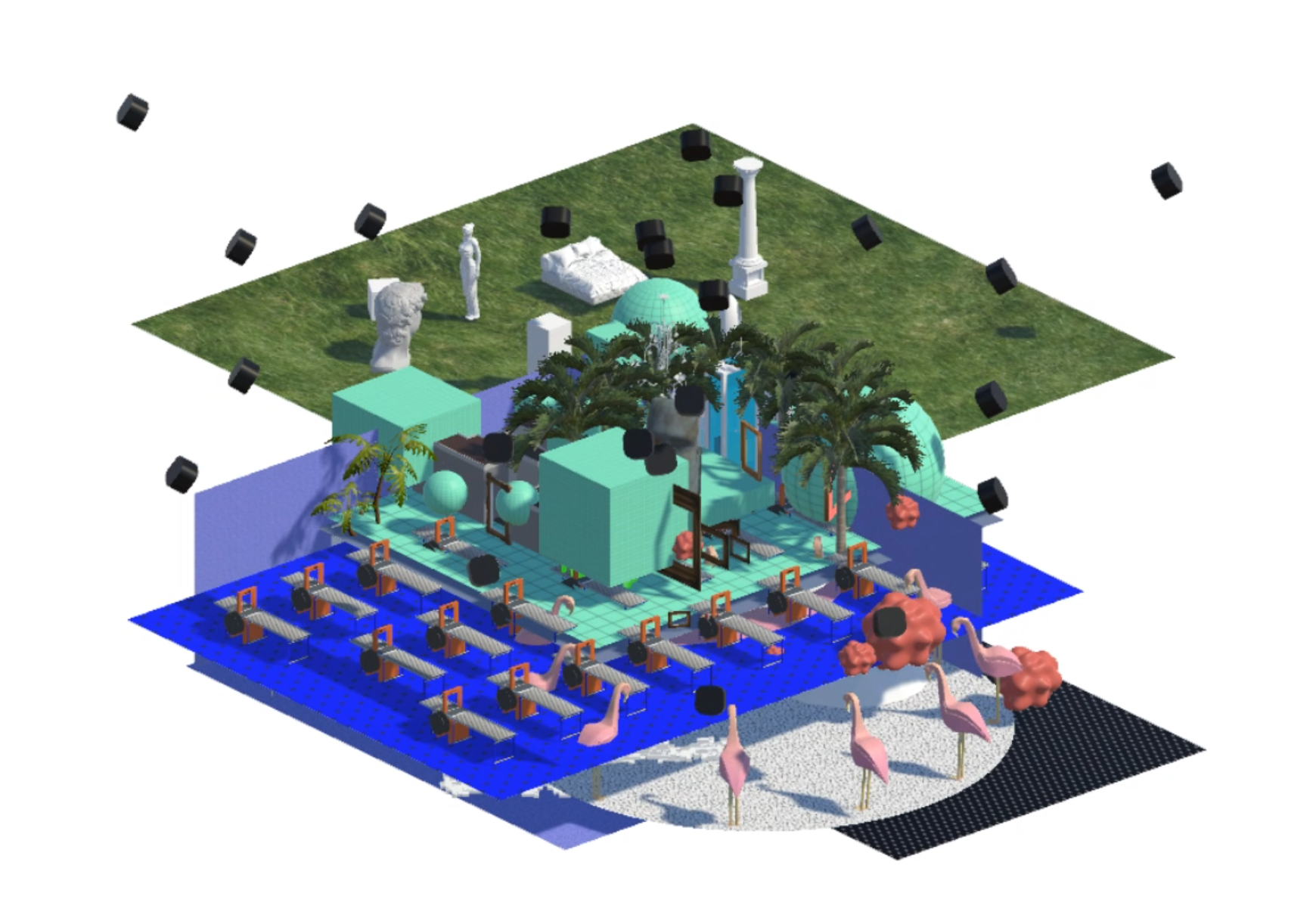
With the connection of these spaces, it would be possible to visit a neighbor, essentially “paying a visit” in VR.
Would visiting your neighbors allow you to touch, use, and borrow their other models and assets? This raises issues of privacy and etiquette: are all of these spaces are by default accessible to each other? What are the customs of visiting? Furthermore, who has ownership of these obejcts in this sharing mechanism?
As one way to answer these questions around privacy and customs, we imagine that a virtual commons could be created for accessing shared interests and assets. The neighborhood is essentially a spatial mapping of the commons. User-creators can generate and share RR scans, creating a different model of sociality in VR. Because we’re interested in how communities are formed in virtual worlds and in understanding the challenges of sharing, the virtual commons is a means to explore these questions.
Aside from virtual commons, this project also brings up a collection of threads we can follow up on exploring: scanning reality, digital materiality, sharing & sociality.
How can scanning become a part of the creative ritual for entering mixed reality? What is the authorship/ownership in this social framework? How does the object's digital materiality affect the way users interact with it? And what are the social etiquettes in mixed reality?

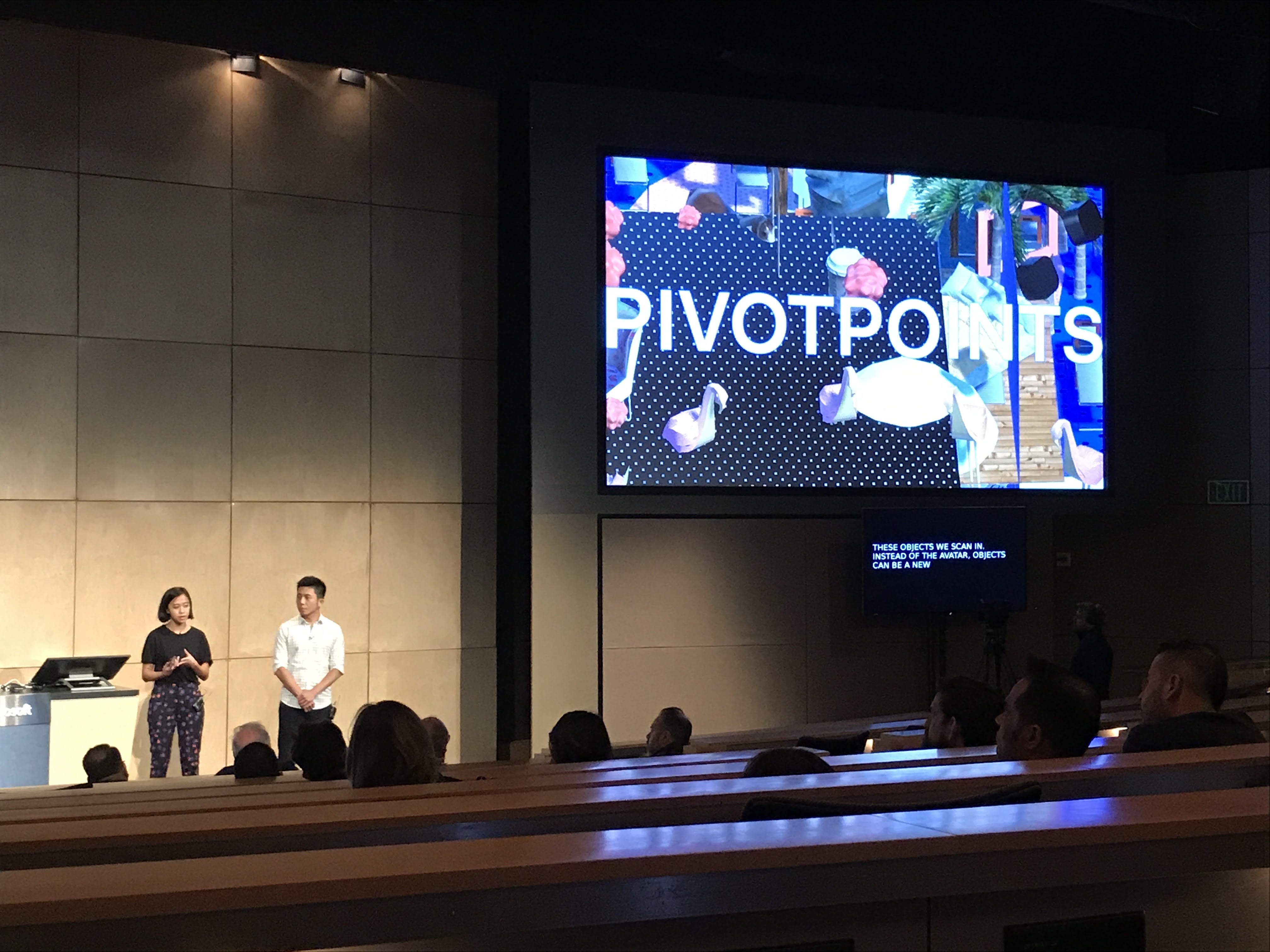
Full presentation at Microsoft Design Expo: Intentional Design for Positive Cultural Impact in Mixed Reality.
